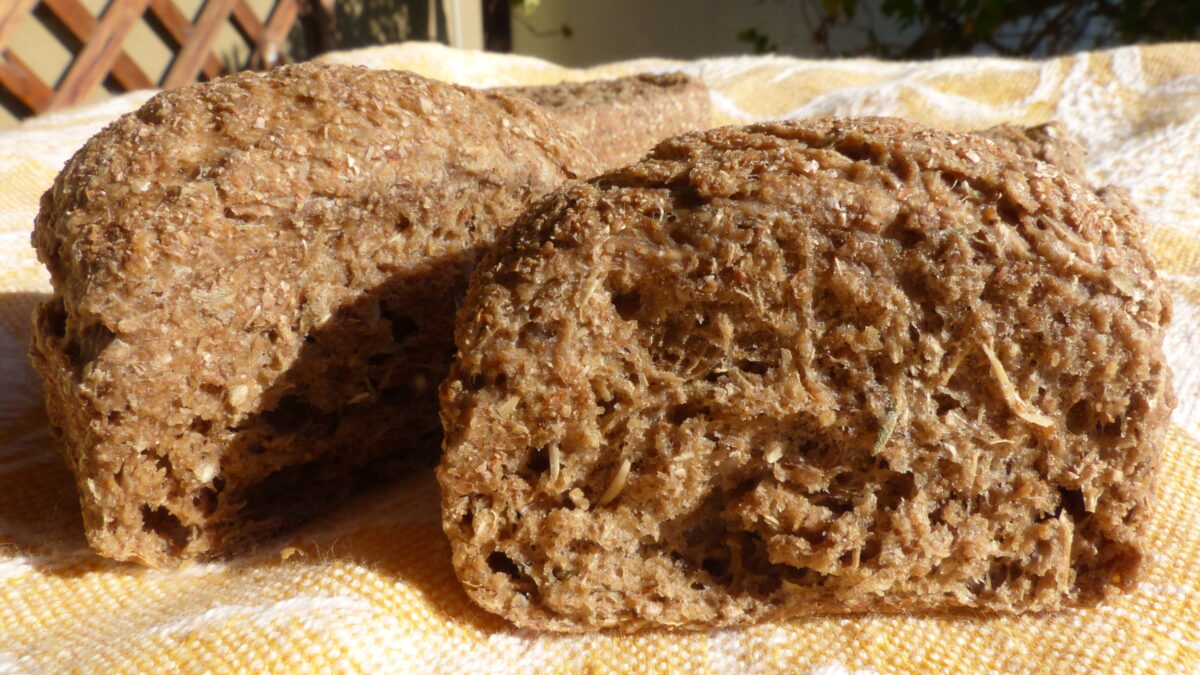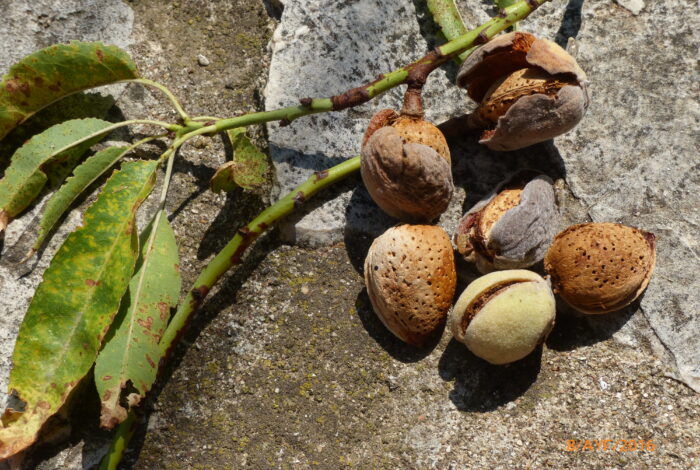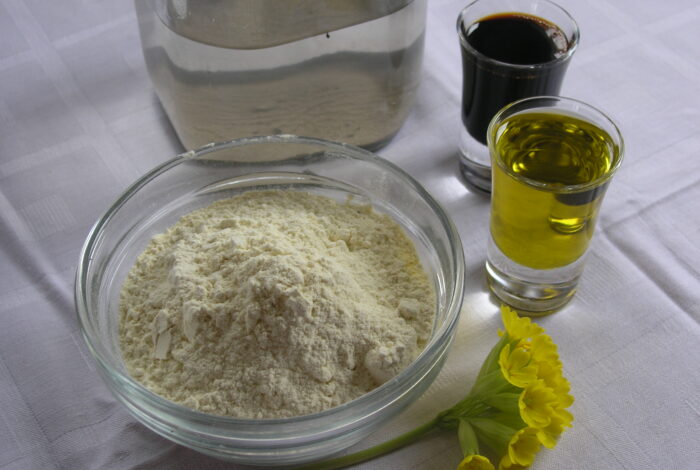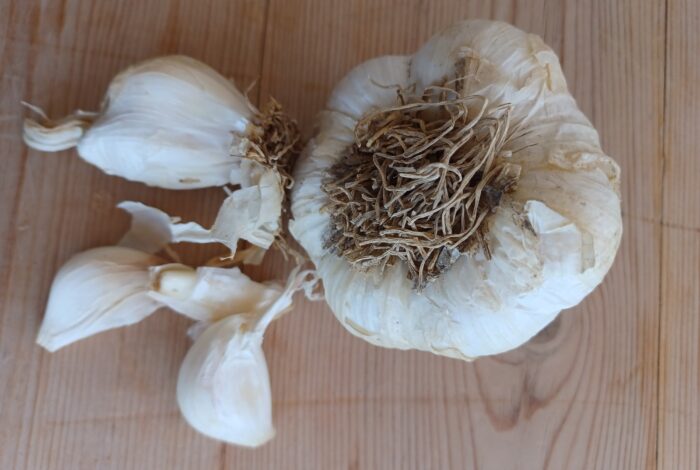Soultana-Maria Valamoti
Wheat and barley have been mainstays of Greek agriculture for over 9,000 years, forming the dietary foundation of the neolithic farmers who established settlements in the fertile plains and low-lying hills of Greece, from Crete and the Peloponnese to Macedonia and Thrace. Over the millennia, the prevalent grains, such as einkorn and emmer wheat, gradually gave way to naked wheat with its two basic varieties: common and durum wheat, which are used in the modern day to make bread and pasta, respectively. The grain mentioned most frequently in the ancient texts is naked wheat, which corresponds to either common or durum wheat and was known as pyros. Among many other uses, the Greeks would mill wheat and use the resulting flour to make an interesting bread product known in antiquity as dipyros or dipyritis artos. According to the 4th-century BC comic poet Alcaeus, dipyros was considered a luxury product. Hippocrates mentions in his On Internal Affectations that dipyros was made with durum wheat.
The word dipyros suggests that the product was baked twice, which is reminiscent of the biscoctum cooking method (from which the word biscuit is derived) employed by the Romans. It would therefore not be a stretch to identify ancient dipyros with modern-day rusks.
Most of the myriad recipes Greek cuisine has for the preparation of rusks call for baking the product twice: the dough, which is made of milled grain mixed with water, is kneaded into a loaf, similarly to bread preparation. Afterwards, slices are scored into the loaf, and it is baked briefly in the oven, removed, cut into the scored slices and baked again at a low temperature. Rusks are usually made with barley or a mix of barley and wheat flour. As a recipe, it is an ideal way to preserve bread as a dry good that can be easily softened with liquids such as water, wine or milk. As documented by contemporary researchers of its traditional cuisine, Greece boasts a truly stunning variety of rusks.










